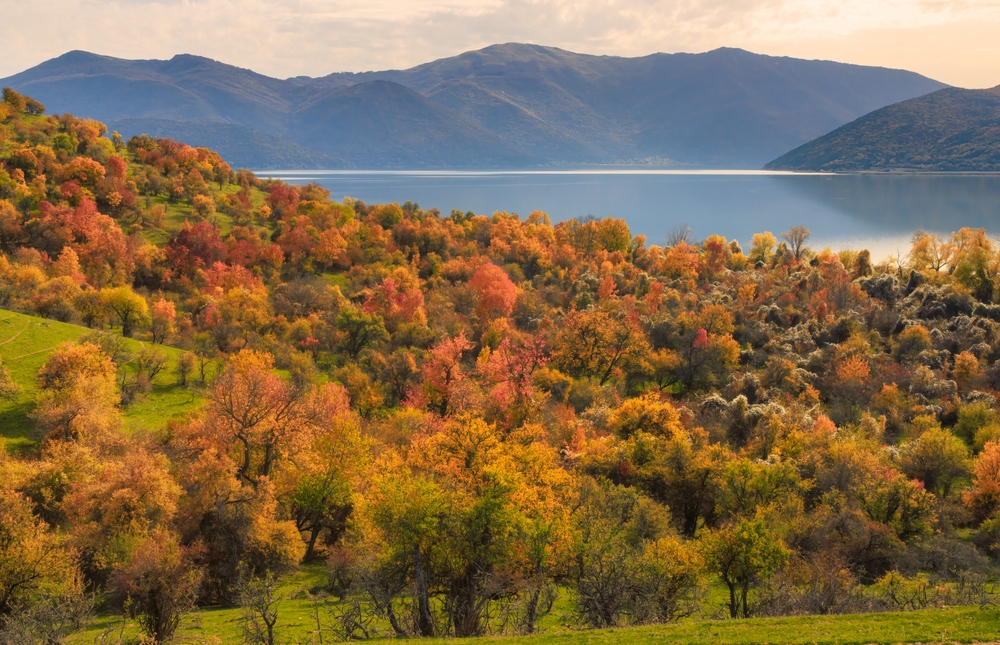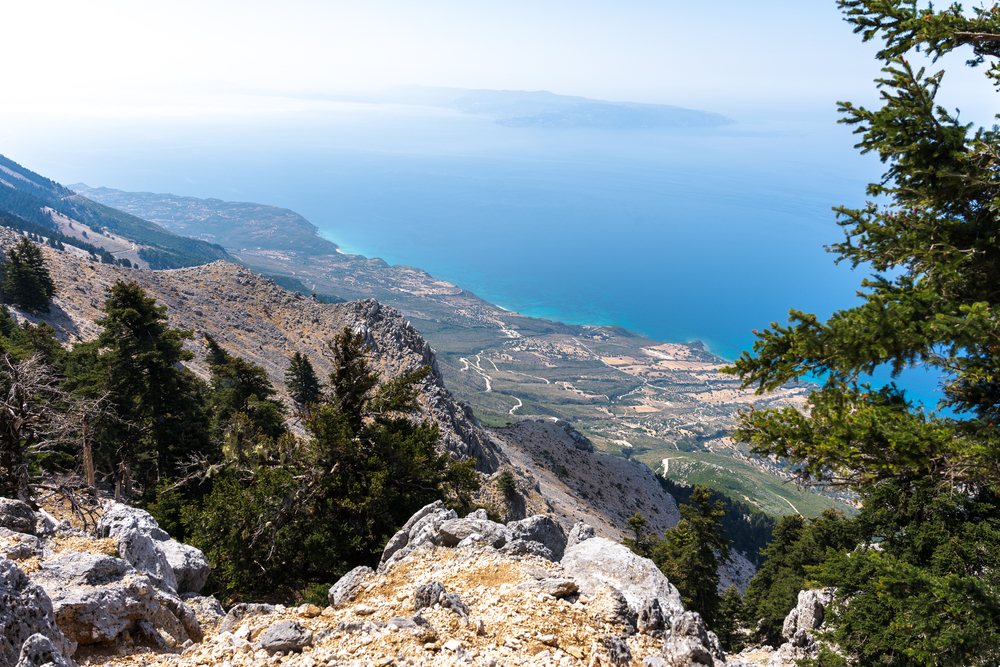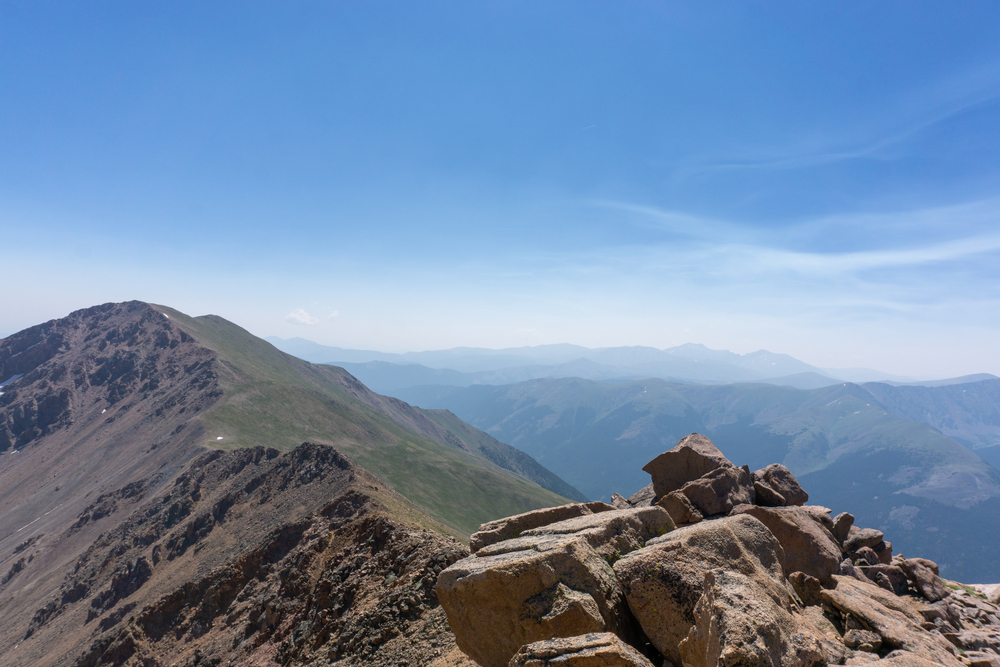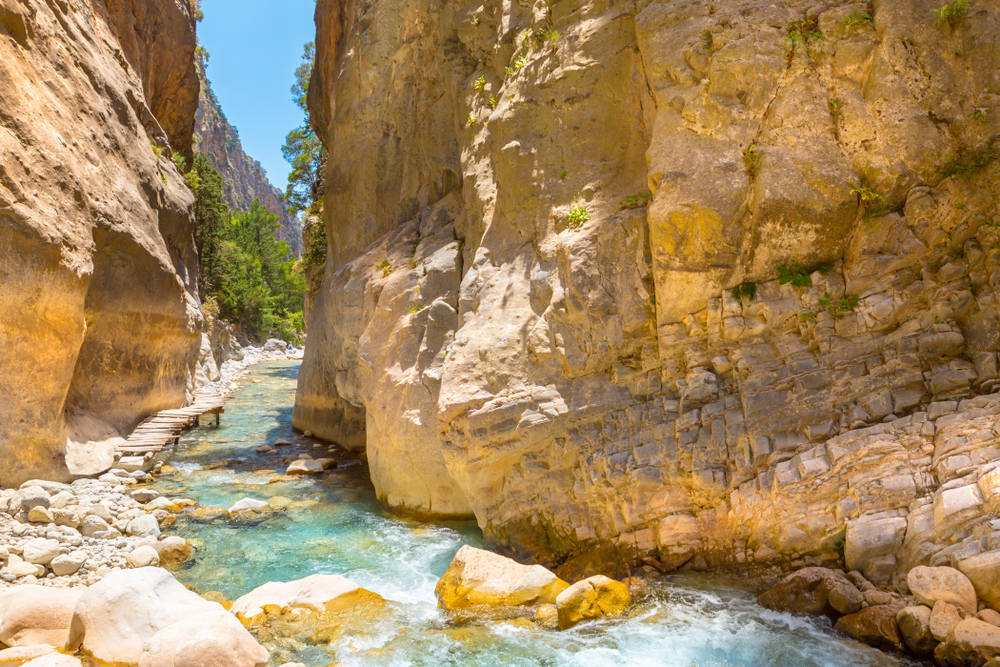Rodopi Mountain Range Overview
Rodopi Mountain Range National Park, known as Εθνικό Πάρκο Οροσειράς Ροδόπης in Greek, is a vast protected area in northeastern Greece, covering approximately 696 square miles (1,800 square kilometers).
This national park extends across the Greek side of the Rhodope Mountains, a rugged and remote region known for its dense forests, deep gorges, and rich biodiversity. Situated in the region of Eastern Macedonia and Thrace, the park is one of the largest and least disturbed natural areas in Greece, offering visitors an unspoiled wilderness of striking landscapes and abundant wildlife.
The terrain of the Rodopi Mountain Range National Park is characterized by thick coniferous and deciduous forests, rolling hills, and steep river valleys. The region’s diverse ecosystems include pristine beech, oak, fir, and pine forests, as well as alpine meadows that provide critical habitat for many species.
The park is home to Lake Vistonida and numerous rivers, such as the Nestos River, which carves through dramatic gorges and offers breathtaking scenery. The high peaks and ridges, including Mount Koula and Mount Papikion, provide stunning panoramic views of the surrounding wilderness.
Rodopi Mountain Range National Park is one of the most ecologically important areas in Greece, serving as a refuge for rare and endangered species. It is home to one of the last populations of the Eurasian brown bear in Greece, as well as wolves, wild boars, red deer, and roe deer.
The European otter thrives in the park’s river systems, and the rare Balkan lynx has been spotted in the area. Birdlife is particularly diverse, with over 200 recorded species, including the golden eagle, lesser spotted eagle, peregrine falcon, and white-backed woodpecker. The park is also a sanctuary for the rare capercaillie, a large woodland grouse that thrives in its dense forests.
Popular natural attractions within the park include the Frakto Virgin Forest, one of the most pristine and untouched forests in Europe. This ancient woodland, located in the northern section of the park, has been designated a Strict Nature Reserve, making it an important site for biodiversity conservation.
The Nestos Gorge is another highlight, offering dramatic cliffs, winding river bends, and hiking trails that follow its scenic course. The Leivaditis Waterfall, the tallest in Thrace, is a breathtaking natural feature that draws visitors looking for an adventurous trek through lush forest landscapes.
Visitors to the park can engage in a variety of outdoor activities, including hiking, wildlife watching, river rafting, and mountain biking. Several well-marked trails lead through the dense forests and mountainous terrain, offering opportunities to spot rare wildlife and experience the park’s natural beauty.
Birdwatching is a major attraction, as the park is a key habitat for many raptors and forest species. During winter, the snow-covered landscapes provide opportunities for cross-country skiing and snowshoeing.
Conservation efforts in Rodopi Mountain Range National Park have focused on protecting its wildlife, preserving old-growth forests, and promoting sustainable tourism. One of the park’s major successes is the continued presence of the brown bear population, which has been monitored and protected through conservation programs.
Challenges remain, including the threat of illegal logging, habitat fragmentation, and human-wildlife conflicts. However, initiatives such as environmental education programs and eco-tourism development are helping to balance conservation efforts with local economic benefits.

















































































